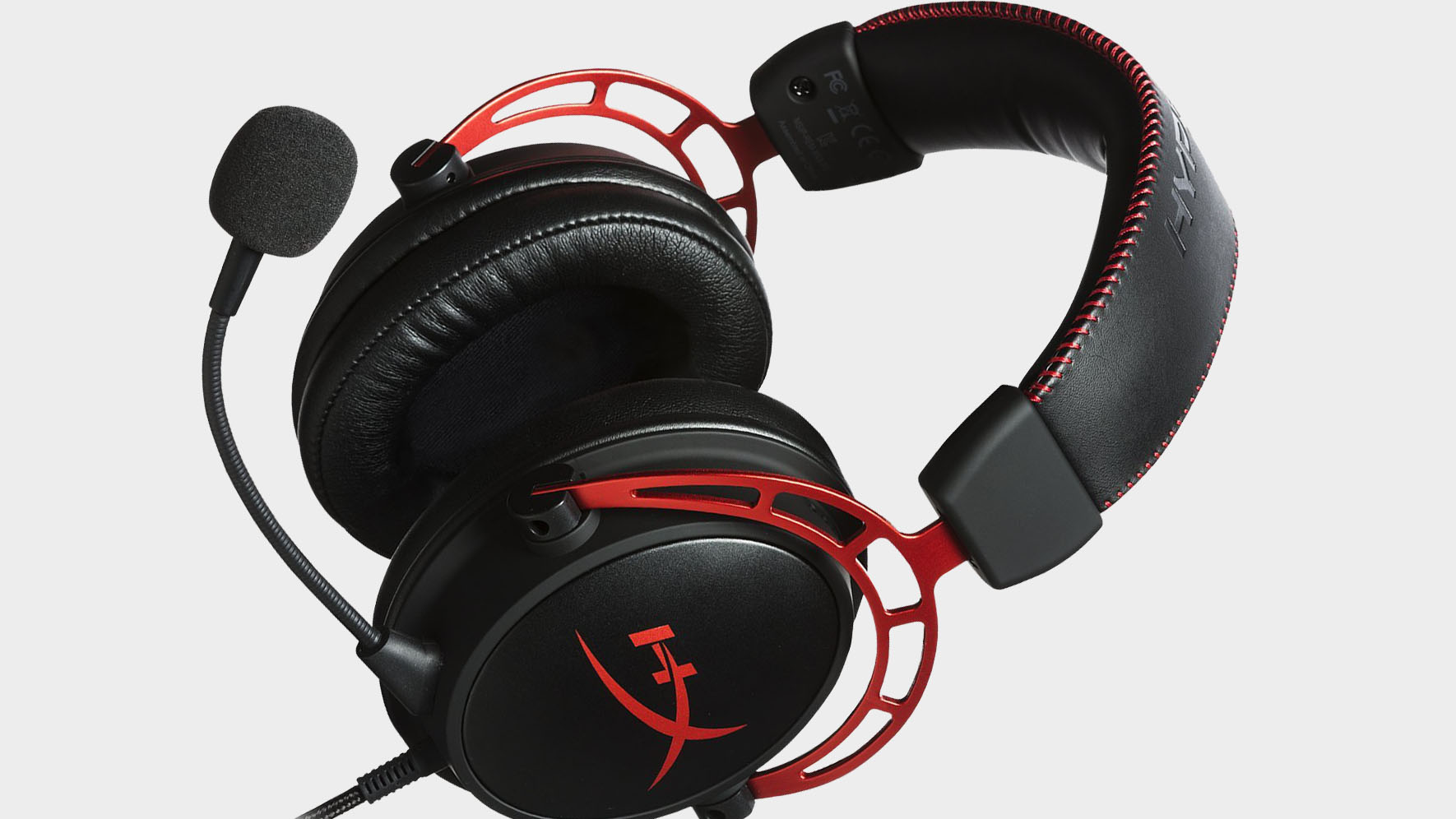Steelseries Arctis Pro + GameDAC versus Hyperx Cloud Alpha: which one should you buy?
Two well-loved headsets both alike in quality, yet totally different aesthetically.

When you pit two of the best gaming headsets against each other, decision-making factors often don't come down to sound quality, but rather design and price. The Steelseries Arctis Pro + GameDAC and Hyperx Cloud Alpha gaming headsets couldn't be more different visually and price-wise, but depending on what you're looking to get out of a headset both are top choices.
The fundamentals of what make the HyperX Cloud Alpha great have remained staples of its design since the first Cloud was released in 2014. The aviation-style design, memory foam earcups, excellent audio and mic—all targeted toward the budget-conscious gamer concerned about communicating effectively with their teammates. Those who need a more serious headset can look no further than the Steelseries Arctis Pro with its signature ski band design and included GameDAC box that improves the audio quality ten-fold. If you like your games with high-res audio and have the cash to spare, consider this one.
Both are sans some extras that are becoming common features on headsets, like game/chat volume controls, but here's a detailed look into what you get and don't get with either of these popular gaming headsets.
HyperX Cloud Alpha
The HyperX Cloud Alpha has a wider frequency response range than we normally see on gaming headsets, 13Hz-27,000Hz. As a result, the bass is punchier on the low end, but everything still sounds amazing to the detail—thundering explosions don't overpower the subtle sounds of the aftermath. That quality is out-of-the-box, too. No extra settings. No extra software. Just plug the headset into your PC with the provided 3.5mm cable, and you're good to go. What makes that possible on this newer Cloud model is its 50mm dual chamber neodymium, allowing bass and mid frequencies to reverberate in their own compartments. Distortion is minimized to an amazing degree.
What else do you get with this headset? A detachable mic that makes you sound crystal clear on the other side, padded earcups and headband, and a lighter yet super sturdy aluminium frame. If you sweat easily though, the leatherette earcups aren't as breathable as the Steelseries cloth earcups. And if you have a smaller head, wearing the HyperX Cloud Alpha can feel a little bit like going to the shooting range.
But that's it. It is one of the most bare-bones gaming headsets you can get, but for what HyperX has left out they have focused on audio and mic quality, and it shows. Its even opted for inline controls, which feel flimsy compared to the rest of the package. The Cloud Alpha doesn't even have RGB lighting, which to some is a welcome relief, I'm sure. It's the kind of headset that can make the most technophobic grandparents fall in love with it.

Steelseries Arctis Pro + GameDAC
If the HyperX Cloud Alpha is representative of the traditional, older generation of gaming headsets, then the Steelseries Arctis Pro + GameDAC is the march-to-its-own-drum younger generation. Aside from on-par sound and mic quality, this headset unabashedly includes all the flashier features—and the price reflects it.
Keep up to date with the most important stories and the best deals, as picked by the PC Gamer team.
The Arctis Pro frequency response range edges out the Cloud Alpha by a lot on the low end, from 10Hz-40,000Hz. If that wasn't enough, the Arctis Pro is also DTS Headphone: X surround sound compatible, which means you can get virtual surround sound at the push of a button on the included GameDAC. The GameDAC is also where you can balance game/chat and other EQ settings to your liking. And, like other Arctis models, there is a volume control wheel and mic mute button on the back of the left earcup—however, those controls don't exist on the 3.5mm wired version.
Visually, the Arctis Pro can blend in with other types of regular headphones in public, even if the mic is retractable instead of detachable. Although, as tasteful as the RGB is around the rim of each earcup, it's a dead giveaway that this is a gaming headset, never mind the unique ski goggle-style headband that makes all Arctis headsets some of the most comfortable you will ever try.
Which one should you buy?
The numerous differences between the HyperX Cloud Alpha and Steelseries Arctis Pro + GameDAC make it easy to choose if you're on a budget, as the Alpha is around $100 cheaper than the Arctis Pro. It's high-quality without the fuss, so price-wise it wins out over the the Arctis Pro every time. But if this was a contest solely between comfort and looks, the Arctis Pro would win, even though the plastic part of the headband will stick up higher on individuals with smaller heads.
However, there is a middle ground between the two if you love the look of the Arctis Pro but hate the cost and don't care for all the fancy extra features—the Arctis 7. The ski goggle headband will loosen over time and need to be replaced, depending on how often you use your headset. That's generally not a concern for the Cloud Alpha's traditional headband.


